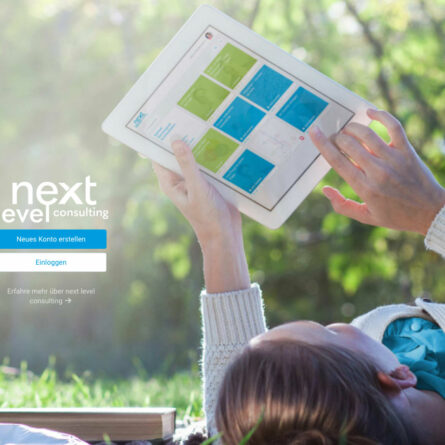
This article is intended to serve as a guide for HR managers to explore and effectively use the many possibilities of gamification in their organisations.
HR managers are constantly looking for new ways to enhance employee development and team dynamics. Gamification, the use of gaming elements in professional contexts, has emerged as a key tool in this endeavour. In this article, we use interviews with experts to shed light on how gamification can be used effectively.
By Christoph Wirl
The effectiveness of gamification
The question of effective gamification techniques in employee development and project management has many different answers. It is not just about introducing playful elements, but also about how these elements can be integrated into the specific needs of an organisation. Examples in the corporate context could be
Learning and development platforms: Companies can use learning platforms with game elements such as points, badges and leaderboards to motivate employees to participate in training programmes. Example: A platform where employees earn points for completing courses, which they can then redeem for rewards.
Team-building activities: Digital escape room games or virtual treasure hunts that build teamwork and problem-solving skills. These activities can also be integrated into face-to-face meetings or events.
Onboarding processes: Gamified onboarding programmes that help new employees learn about the company's culture, processes and colleagues through play.
Michael Goldschmidt stresses the importance of curiosity and tangible processes when it comes to gamification. He explains: "Curiosity and making processes tangible are the key words here. The direct experience of what has already been learnt and direct reflection help to reinforce existing knowledge and point out deficits in a playful way. A specific gamification technique should not be named here. The application must always be adapted to the target group. However, it is important to have enough time to deal with it, preferably as part of a seminar."
Gamification to promote employee motivation
Gamification offers a unique opportunity to increase employee motivation and engagement. Michael Popp emphasises the importance of sharing experiences and achieving common goals through playful approaches. He illustrates this as follows: "The shared experience through games supports team building. There is a common goal that you want to achieve. Gamification does not emphasise the direct transfer of knowledge: however, trying things out as part of a playful approach makes it much easier to get to grips with the subject matter. When the approach is also tried out in the group as a whole, participants support each other and contribute their own knowledge and experience. This strengthens both the team structure and the individuals in the group."
There are many examples of how gamification can be used to increase employee motivation. Here are a few ideas:
- Points systems for task completion: employees receive points for completing tasks or achieving goals. These points can be exchanged for rewards, holidays etc.
- Level-up systems: Employees move up in levels by completing certain tasks or acquiring skills. Higher levels may be associated with special privileges or recognition.
- Performance badges and awards: Employees receive (digital) badges for special achievements, such as excellent customer service, innovation or teamwork. These badges can be displayed in internal profiles.
- Competitions and leaderboards: By setting up competitions among employees, e.g. for the most sales or best customer ratings, and keeping leaderboards, healthy competition is encouraged.
Solutions through gamification
One of the outstanding qualities of gamification is its ability to resolve team conflicts and improve team dynamics. Michael Popp impressively describes how gamification can work in this respect: "Joint tasks under the observation of a trainer and reflection ensure that the teams improve from sprint to sprint as a result of the input - and also experience the progress immediately as they directly implement what they have learnt. The important thing here is to let the team decide which challenge it wants to face next and how it wants to resolve the situation. The trainer acts as a ‘gamification coach’ along a process. We often observe that the team itself finds a solution within the framework of playful approaches - without external intervention."
The future of gamification
Finally, as we look to the future, gamification seems to be playing an increasingly important role in learning and development. Michael Goldschmidt talks about the need for a stronger commitment to gamification methods. He stresses: "A stronger commitment to gamification in the future would be desirable. Unfortunately, gamification is still somewhat stigmatised ('we don't pay our employees to play games'). Gamification training should not replace traditional training, but rather complement it and bring theory to life in a different way. The focus is not on playing, but on recreating and illuminating situations on a playable platform. Particularly in project management, where the focus is on teamwork, the targeted use of gamification allows you to experience the group dynamic process first hand."

